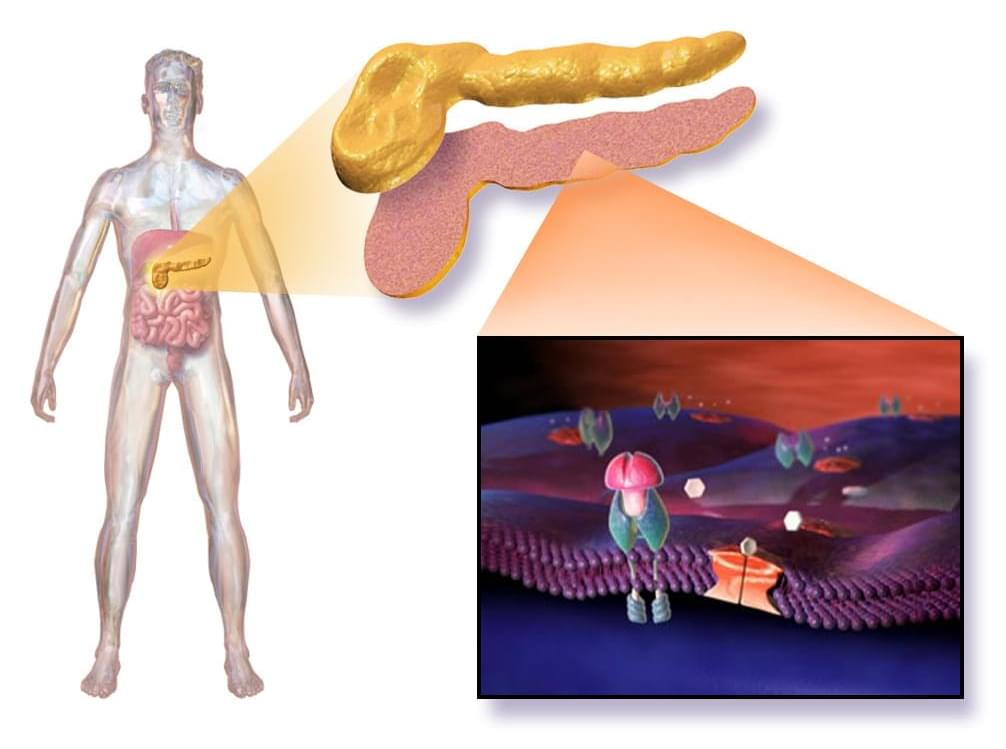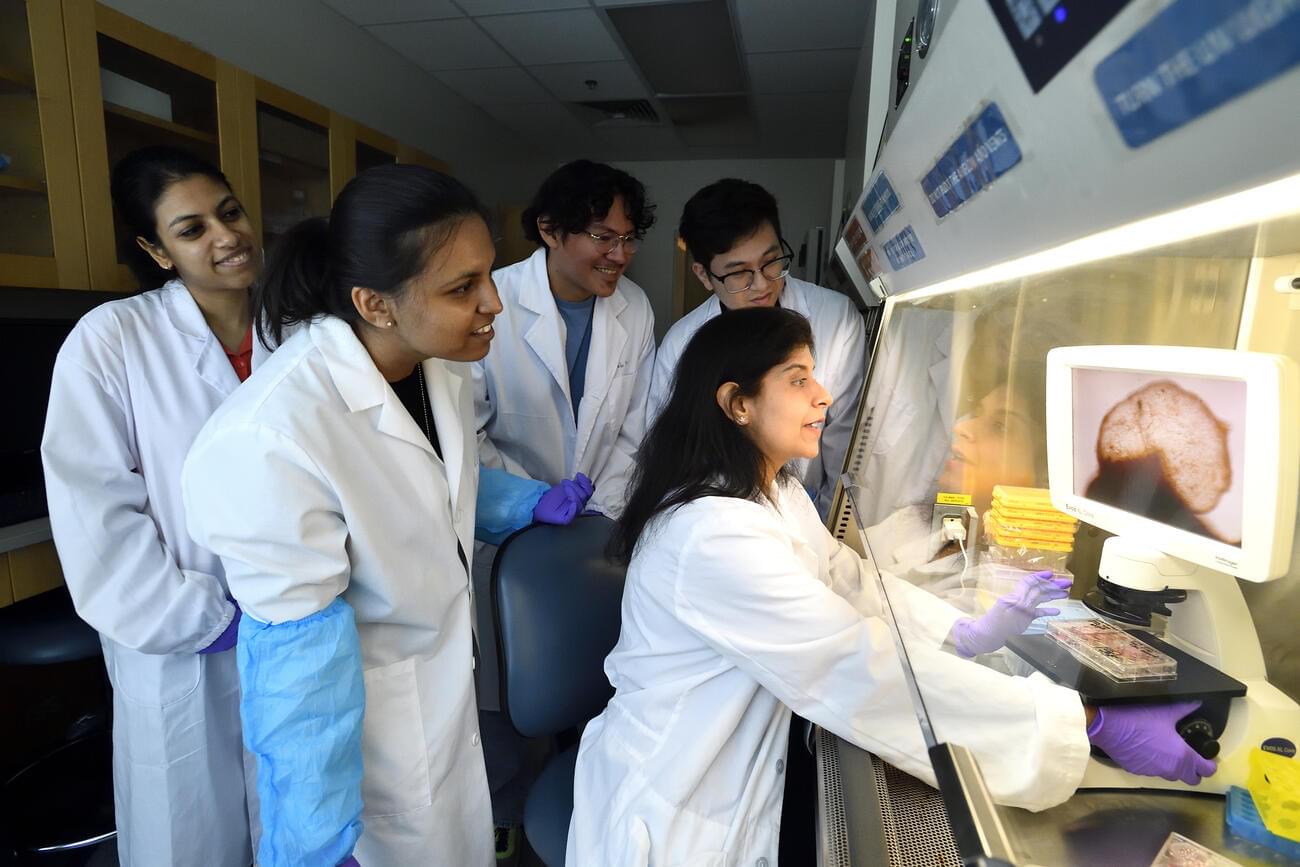Uppsala University Hospital-led investigators report that gene-edited donor islet cells survived 12 weeks inside a man with long-standing type 1 diabetes without any immunosuppressive medication.
Intensive insulin therapy can delay complications and improve life expectancy. Early-onset type 1 diabetes remains linked to reduced quality of life, serious cardiovascular risk, and shortened lifespan. Toxicity from lifelong immune suppression also drives morbidity and mortality in organ recipients.
In the study, “Survival of Transplanted Allogeneic Beta Cells with No Immunosuppression,” published in the New England Journal of Medicine, researchers conducted a first-in-human open-label trial to test whether hypoimmune-engineered islet cells could evade rejection.







